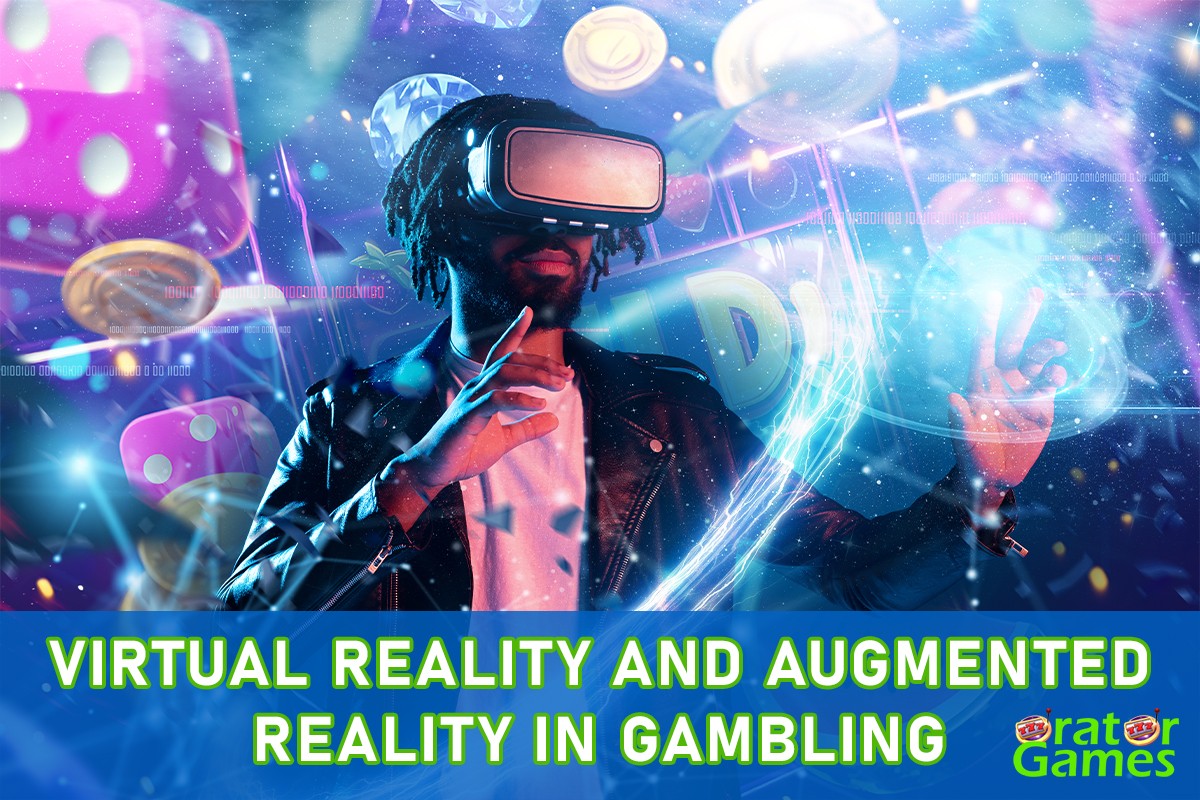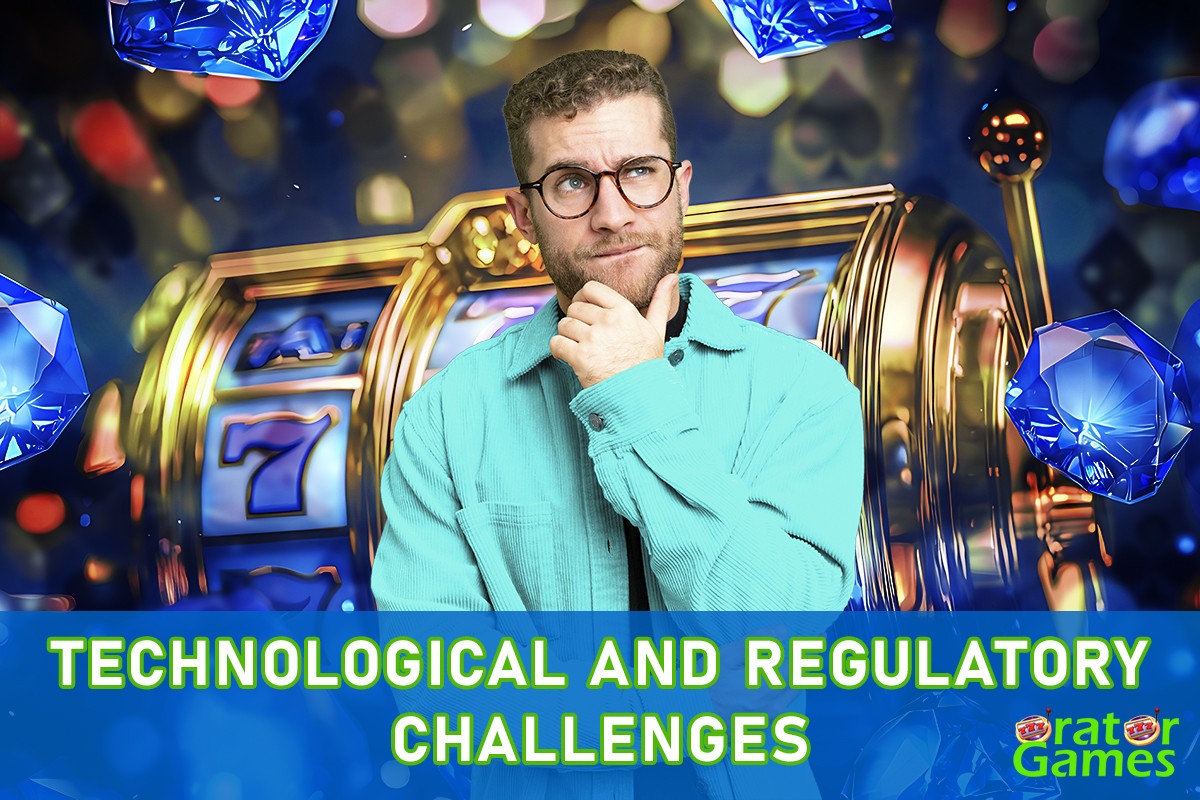
Technology is rapidly transforming all areas of entertainment, and gambling is no exception. Virtual Reality (VR) and Augmented Reality (AR) are moving from futuristic concepts to the digital casino experience by the second half of the 2020s. Today, major providers are experimenting with 3D rooms, dealer avatars, and holographic interfaces, and players are getting the chance to immerse themselves in the atmosphere of Las Vegas and Macau without leaving their living room. Experts at orator-games.com tell us what innovations are already benefiting the industry.
Virtual Casinos: From The First Step to Full Immersion
The first swallow on the VR gaming market was roulette from Microgaming, introduced back in 2015 and honoured with the Digital Gaming Innovation award. Since then, the developers have expanded the set of available entertainment: slots, poker, blackjack, and even live show games with interactive elements.
Key elements of a VR casino:
- A three-dimensional stage with recreations of real rooms, including the sound of footsteps, rustling chips, and whispers from other players;
- Sagittarius and dealer avatars that move and communicate, creating a sense of presence;
- Interactive objects – tables, cards, inventory can be rotated, thrown, and twisted by hand using controllers;
- Voice and gesture input – commands are given by voice or movement;
- Multiplayer sessions, where acquaintances, being in different corners of the planet, gather in one virtual hall.
According to a report by Business Research Insights, the VR gaming market could reach $6bn by 2033, with an average annual growth rate of around 22%. This trend reflects not only investors, but also the demands of the audience: more than 80% of visitors to real casinos in Las Vegas are ready to try a virtual analogue.
Augmented Reality: A Game at the Crossroads of Worlds
AR solutions in casinos go beyond helmets and headsets. In North America, applications have already been launched where the player, pointing his smartphone at the table, sees digital cards, balance, and statistics overlaid on real chips and the roulette sector.
The main areas of AR applications are:
- Interactive infopanels with hints of tournaments and promotions right on the table;
- Holographic dealers projected above a gang of cards or a betting area;
- Learning modules where a novice asks a virtual trainer to explain the rules of poker or bingo;
- AR quests in the casino lobby, rewarding players with bonus spins for completing tasks in a real environment.
The technology is suitable not only for gambling but also for marketing: sponsors can place branded AR valuables in the seating area or lobby.
Social Elements and Multi-Player Formats
VR and AR are blurring the lines between online gaming and live socialising. According to Yogonet, by 2025, major operators will introduce full social hubs where players can not just bet, but meet friends, celebrate wins, and participate in group activities.
Multiplayer formats are developing in two directions. The first is competitions and tournaments in a fully virtual space, where participants control avatars, and live commentators accompany the broadcast.
The second option is social slots and game shows, where the winner receives a prize and takes a place of honour in the lobby, while others can applaud and give “virtual trophies”.
Such solutions improve audience retention and create a ‘community’ around the brand, which is particularly valued by younger players who have grown up in the social media age.
Technological and Regulatory Challenges

Despite the potential, VR and AR face a complex set of challenges:
- High hardware costs. Helmets and controllers remain expensive, and not all users are willing to invest in gadgets for the sake of entertainment;
- Technical limitations. Smooth operation requires powerful PCs or consoles, and wireless solutions are still inferior in terms of connectivity;
- Data security issues. VR-platforms process biometric indicators (head movement, heart rate), which requires protection of personal data and reliable server infrastructure;
- Legal uncertainty. Few countries have prescribed VR gaming aspects in their laws: licensing, age control, and liability for virtual transactions remain a grey area.
Operators will need to build robust user verification methodologies and integrate data encryption solutions to meet responsible gaming standards, and regulators will need to adapt regulations to new technologies.
Outlook: Meta-Universes and NFTs
The next stage will be the complete merging of VR/AR casinos with virtual worlds, when the gaming ecosystem, social events and payment tools will merge into a single meta-universe space. Users will be able to purchase, trade and auction unique digital items ranging from avatars and costumes to NFT collectible chips, participate in global tournaments with tens of thousands of players where prize money is immediately credited in cryptocurrencies, and in a mixed reality experience see virtual elements right in the physical casino floor, combining the best features of digital and real-world entertainment.
Companies in the Web3 sector are already working with operators to seamlessly link wallets, tokens and gaming sessions. This promises a new level of engagement and opens up access to younger audiences accustomed to blockchain gaming.
Conclusion
VR and AR are turning gambling into a full-blown audio-visual spectacle, where every stroke of the interface and every hand movement becomes part of the show. Social sessions, personalised avatars, NFT rewards, and meta-universes are no longer fantasy, but plans for the next few years.
In the meantime, operators must consider accessibility and security issues, from the cost of helmets to the protection of user data. Regulators, in turn, must promptly update regulations to ensure that virtual games do not create new risks.
If these challenges are overcome, VR and AR will become key growth drivers for the industry, making it more attractive to newcomers and bringing back the interest of former players looking for new emotions and communication formats. The future of gambling looks to be immersed in virtuality, where the boundaries between reality and digital space are blurred, allowing everyone to feel like the hero of their own gaming adventure.
Registration Open – Angular Online Training
Session Time: 8:30 PM – 10:00 PM IST
Advance your career with our expert-led, hands-on live training program. Get complete course details, the syllabus, and Zoom credentials for demo sessions via the links below.
